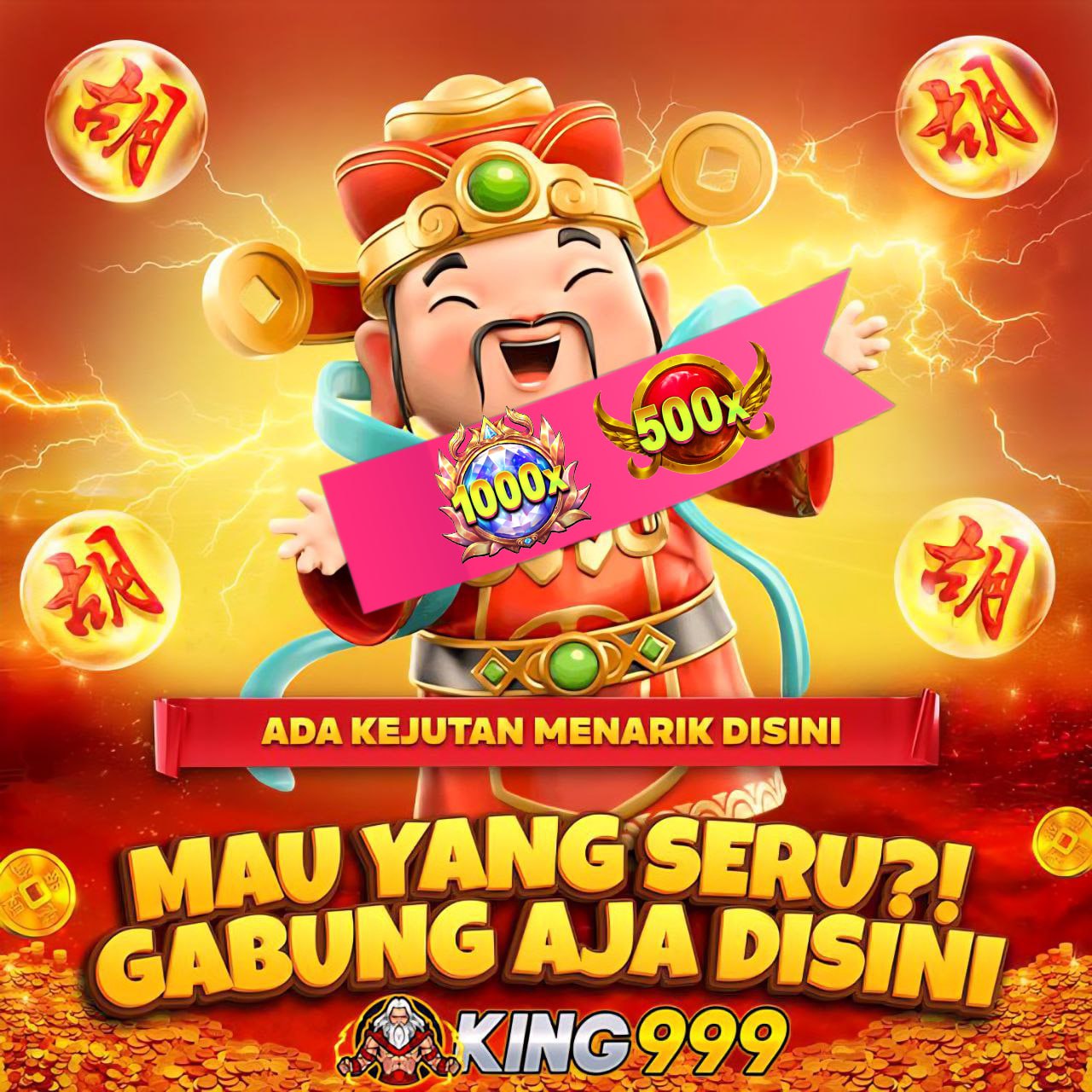

| Nama Situs | KING999 |
|---|---|
| Provider | Pragmatic Play, Habanero, PG Soft |
| Platform | Android, iOS, Windows |
| Min Depo | Rp. 20.000 |
| Rating | 4.9 dari 725.831 pengguna |
Saya sudah bermain di KING999 selama beberapa minggu, dan saya sangat terkesan dengan pengalaman saya. Permainan slot yang tersedia sangat bervariasi dan mudah dimainkan. Setiap kali saya bermain, saya merasa seperti mendapatkan peluang yang adil untuk menang. Bonus yang ditawarkan juga menarik, dan proses deposit serta penarikannya sangat cepat. Sangat puas dengan KING999!
Bermain di KING999 benar-benar menyenangkan! Semua permainannya menarik dan mudah diakses, jadi saya tidak pernah merasa bosan. Terlebih lagi, saya merasa aman karena mereka punya sistem keamanan yang solid. Setiap kali saya menang, proses penarikan dana juga sangat cepat. KING999 benar-benar memberi pengalaman yang memuaskan.
Setelah mencoba bermain di KING999, saya merasa sangat puas. Permainannya menyenangkan, dan peluang menangnya cukup besar. Saya sudah mendapatkan beberapa jackpot, dan setiap kemenangan membuat saya semakin yakin bahwa KING999 adalah tempat yang tepat untuk bermain slot. Fasilitas deposit dan penarikannya juga sangat cepat dan praktis.